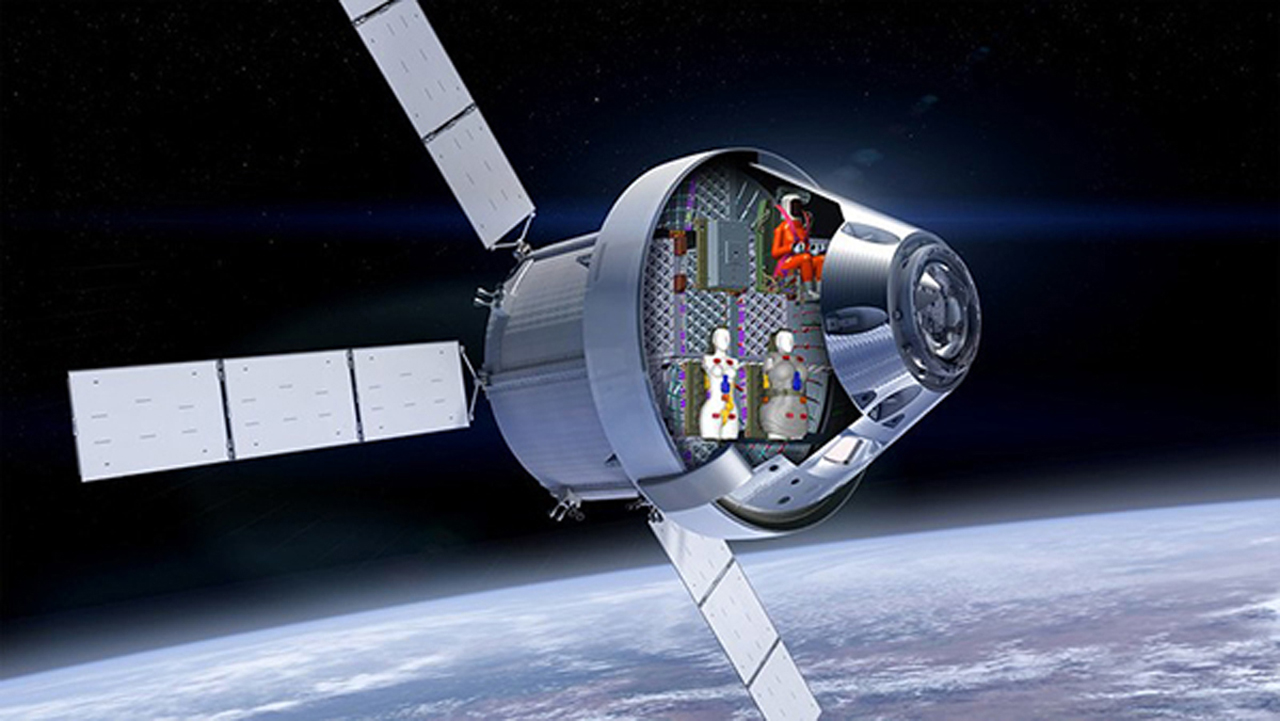Nuclear science and technology in space

Steven Arndt
president@ans.org
Anyone who has heard me speak about the American Nuclear Society recently knows that I like to remind people of the ANS mission and vision statements. I invite people to read the exact words: Our mission is to “advance, foster, and spur the development and application of nuclear science, engineering, and technology to benefit society”; our vision is to see “nuclear technology . . . embraced for its vital contributions to improving peoples’ lives and preserving our planet.”
The meaning behind these statements is that ANS is here to help the profession save the world. I take that seriously: We are here to save the world. This month, Nuclear News is focusing on nuclear science, engineering, and technology’s role in space exploration both now and in the future. When we look at our mission, this is very fitting. The use of nuclear power systems in space goes back almost to the start of ANS. In 1961, the Transit 4A satellite became the first U.S. spacecraft to be powered by a radioisotope thermoelectric generator (RTG). Combined with solar cells, RTGs have been used on the Moon and on satellites and to explore the solar system and beyond. One of the interesting things about these power sources is that they were used to provide both provide electricity and heat to keep the systems they were supporting from freezing. Since then, additional nuclear systems have been designed and developed—including fission power reactors and nuclear thermal propulsion—that will provide significantly more power and faster space journeys.



